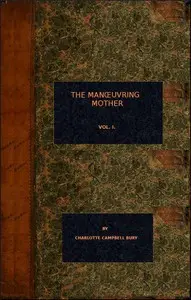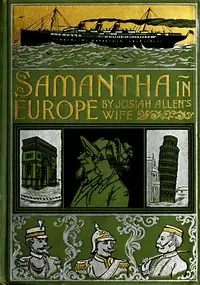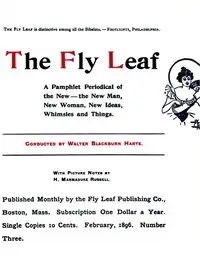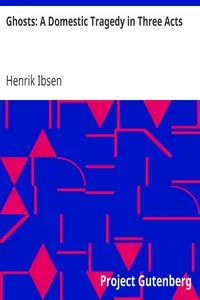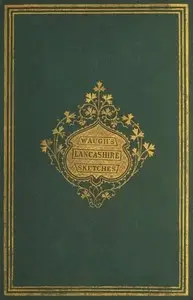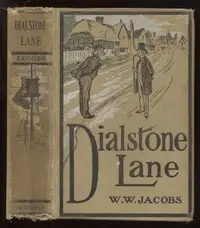"Tales and Novels — Volume 05" by Maria Edgeworth is a collection of stories that paints a picture of high society in the 1800s, complete with clever plans and complicated family relationships. The story "Manoeuvring" centers on Mrs. Eugenia Beaumont, a smart widow who's always thinking a few steps ahead. She's determined to get her children married well, and she's not afraid to use tricks to make it happen. The story kicks off by showing how Mrs. Beaumont carefully manages her image, even in a simple note. As she talks to her daughter and son, it becomes clear that her kids have different opinions about her choices, especially when it comes to planning her daughter Amelia's marriage. With secrets about a rich relative named Mr. Palmer and schemes to find the perfect matches for Amelia and her brother Edward, the story promises to show both the funny and critical sides of fashionable life at the time.

Tales and Novels — Volume 05 Tales of a Fashionable Life
By Maria Edgeworth
In a world of wealth and status, a mother pulls strings and guards secrets as she tries to secure her children's futures through marriage.
Summary
About the AuthorMaria Edgeworth was a prolific Anglo-Irish novelist of adults' and children's literature. She was one of the first realist writers in children's literature and a significant figure in the evolution of the novel in Europe. She held critical views on estate management, politics, and education, and corresponded with some of the leading literary and economic writers, including Sir Walter Scott and David Ricardo. During the first decade of the 19th century she was one of the most widely read novelists in Britain and Ireland. Her name today is most commonly associated with Castle Rackrent, her first novel, in which she adopted an Irish Catholic voice to narrate the dissipation and decline of a family from her own landed Anglo-Irish class.
Maria Edgeworth was a prolific Anglo-Irish novelist of adults' and children's literature. She was one of the first realist writers in children's literature and a significant figure in the evolution of the novel in Europe. She held critical views on estate management, politics, and education, and corresponded with some of the leading literary and economic writers, including Sir Walter Scott and David Ricardo. During the first decade of the 19th century she was one of the most widely read novelists in Britain and Ireland. Her name today is most commonly associated with Castle Rackrent, her first novel, in which she adopted an Irish Catholic voice to narrate the dissipation and decline of a family from her own landed Anglo-Irish class.





